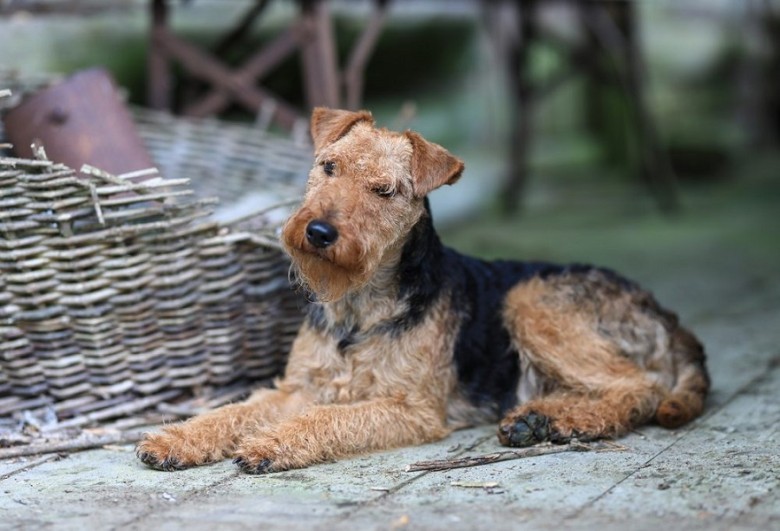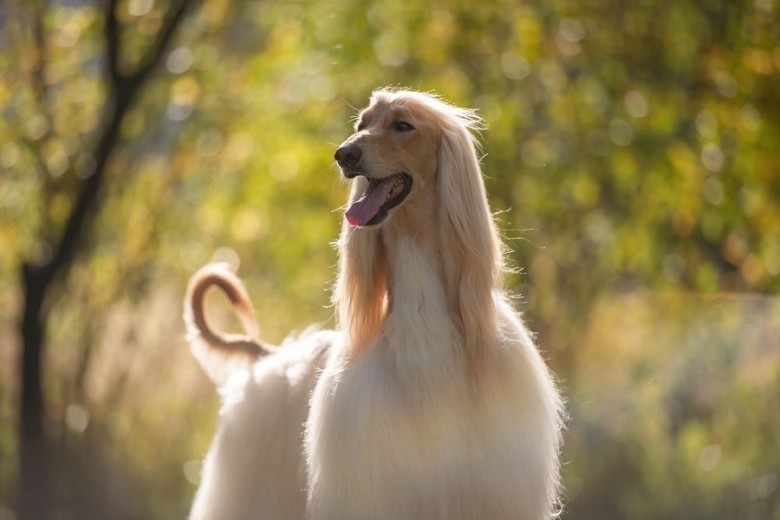
views
Exploring Dog Breeds Known for Their Disobedience

It is unfortunate that many people often focus only on specific purebred dogs, missing out on the opportunity to give a shelter dog a new lease on life. In doing so, they overlook the fact that there are also spirited furry companions whose training can present a real challenge.
In this article, we aim to provide you with a fascinating insight into the world of dog breeds known for their strong will and stubbornness. Learn more about these special four-legged friends and their unique personalities.
1. The Dalmatian

While Dalmatians may have a friendly nature, their obedience often leaves much to be desired. They are not fond of following commands and can be manipulative and headstrong due to their high intelligence. Consistent training and clear leadership are essential to prevent undesirable behaviors such as growling, biting, jumping, and snapping. Through targeted training that focuses on positive reinforcement, Dalmatians can learn to respond appropriately and channel their energy in meaningful ways.
It is important to set clear boundaries for them while utilizing their intelligence to mentally and physically challenge them. With the right approach and sufficient patience, a Dalmatian can also lead a obedient and harmonious life.
2. The Chow Chow

The Chow Chow may appear like a big teddy bear with its furry appearance, but it possesses a strong will of its own. These dogs often show little interest in being cuddled immediately after training. Similar to cats, Chow Chows are independent and not particularly concerned with pleasing their owners.
Therefore, training a Chow Chow requires just as much stubbornness from the owner. It is important to set clear boundaries, establish consistent rules, and continue training patiently but firmly to promote respectful interactions and a harmonious relationship with this independent companion.
3. The Bulldog

Training a Bulldog can become a true nightmare due to their stubbornness. It is crucial to make it unequivocally clear to them that you are the boss and that unconditional obedience is expected. Starting training early is advisable to prevent the dog from getting any wrong ideas.
Due to their limited attention span, training sessions should be kept short as Bulldogs can quickly become impatient. Consistent yet loving training based on positive reinforcement is the key to unlocking the potential of this wonderful breed and building a trusting bond.
4. The Basset Hound

The Basset Hound is also notorious for its incredible stubbornness and often poses a significant challenge for novice dog owners. Owning a Basset Hound requires a substantial amount of patience and a supply of tasty rewards. With the right motivation and sensitive training, even a Basset Hound can occasionally obey.
Understanding the needs and characteristics of this breed is important and tailoring the training to their unique personality. Through consistent yet loving training, both the dog and the owner can grow together and build a strong bond based on trust and respect.
5. The Basenji

The Basenji is also known for dancing to its own tune. Therefore, training at a dog school is often essential to handle their stubbornness. Basenjis are reluctant to obey and can be extremely stubborn. Even if they understand a specific command, they can actively resist it to get what they want.
It requires a patient and consistent approach to successfully train a Basenji. However, through positive reinforcement, clear communication, and a balanced mix of rewards and boundaries, a respectful relationship can be built where the Basenji learns to respond appropriately and follow its owner's instructions.
6. The Pekingese

The Pekingese was once the lapdog of the Chinese royal family, and much was not expected of them. Obedience and adaptability must be taught to a Pekingese with great effort. Although they are intelligent and brave, they often show more interest in being the center of attention rather than being trained. Their stubborn nature can make training a challenge. It requires a lot of patience and consistency to successfully train a Pekingese.
A loving yet firm approach is necessary to capture the attention of a Pekingese and motivate them to pay attention to their owner's commands. Through targeted exercises and positive reinforcement, a strong bond can be built, leading to a well-trained and happy Pekingese.
7. The Welsh Terrier

Among terriers, the Welsh Terrier is considered a master of independence. Housebreaking them can be a real challenge, and when off-leash, they are even considered unpredictable. Training a Welsh Terrier, therefore, requires patience and perseverance. Their stubborn nature and strong hunting instinct make it important to set clear rules and boundaries.
Consistent training based on positive reinforcement is the key to aligning the Welsh Terrier's independence with the owner's expectations. With loving guidance and a balanced combination of challenges and rewards, a strong bond can be built, resulting in a well-behaved and happy Welsh Terrier.
8. The Borzoi

The Borzoi is said to exhibit behavior similar to cats. They have an independent character guided by a strong will. Walking a Borzoi without a leash, therefore, requires extensive training as they tend to follow their own preferences. Training a Borzoi requires patience, consistency, and clear communication.
It is important for the owner to take on a strong leadership role and set clear rules and boundaries for the Borzoi. Through the use of positive reinforcement and reward-based training, a harmonious relationship can be built where the Borzoi learns to respond appropriately and follow its owner's instructions.
9. The Beagle

The Beagle is undoubtedly an extremely intelligent hunting dog. However, its most significant obstacle in training is its remarkable sense of smell. Without a solid foundation in obedience and leadership, a Beagle can disappear into the woods faster than one would like. It requires consistent training and clear leadership to keep a Beagle on track.
The training should aim to channel its hunting instinct and teach it to pay attention to its owner's commands. Through positive reinforcement, motivating rewards, and patient training sessions, a Beagle can become a well-trained and obedient companion that utilizes its natural abilities in a positive way.
10. The Afghan Hound

Afghan Hounds are undoubtedly loyal and affectionate dogs, but their training can be a true challenge. This is mainly due to their strong-willed nature and determination to have their own way. To successfully train an Afghan Hound, it is advisable to focus on positive reinforcement, such as using treats.
11. The Dachshund: A Stubborn yet Trainable Companion

The Dachshund is often unfairly labeled as untrainable due to its stubbornness. While this assessment may be exaggerated, it is true that this hunting dog brings a certain level of independence and willfulness. Many owners face challenges in training as the Dachshund insists on having things its way.
It requires a consistent and patient approach to get the Dachshund to accept rules and commands. However, with a combination of loving leadership, clear boundaries, and reward-based training, a solid foundation for a harmonious relationship and a well-behaved Dachshund can be established.
12. The Bloodhound

The Bloodhound, known as a hunting dog for its loving nature, also possesses a certain dominance and stubbornness. Prospective Bloodhound owners should therefore put in thorough preparation, as training this breed can become a true challenge. It requires patience and consistency to handle their strong will and train them successfully.
Dealing with their strong personality requires a clear set of rules, consistent leadership, and a balanced mix of rewards and boundaries. With a loving, yet firm approach, the Bloodhound can grow into a loyal and well-behaved companion.




















Comments
0 comment